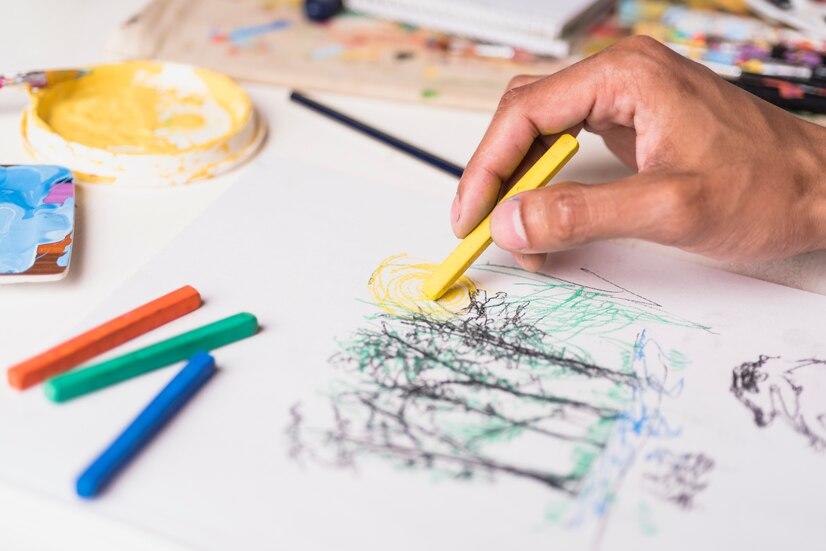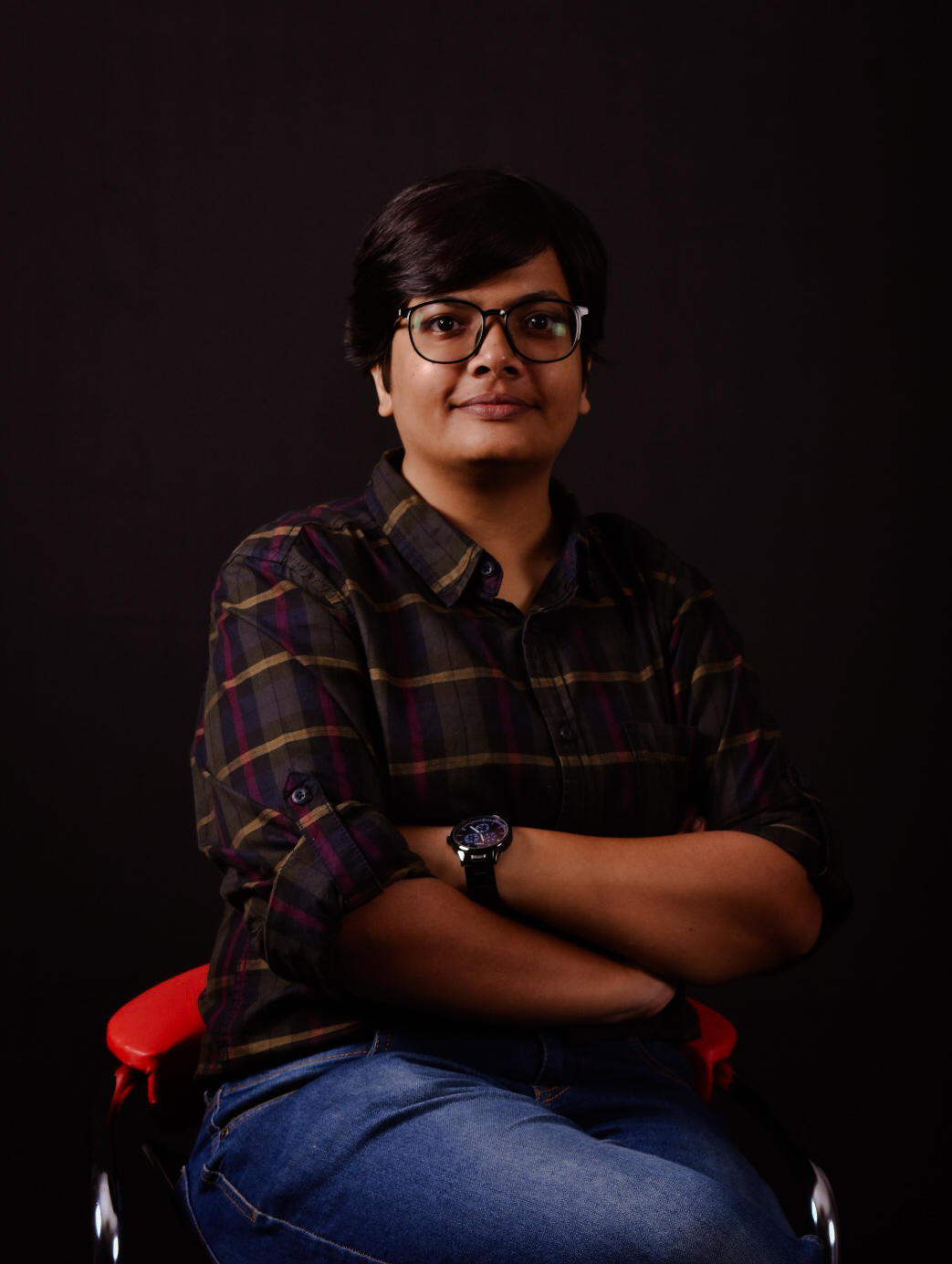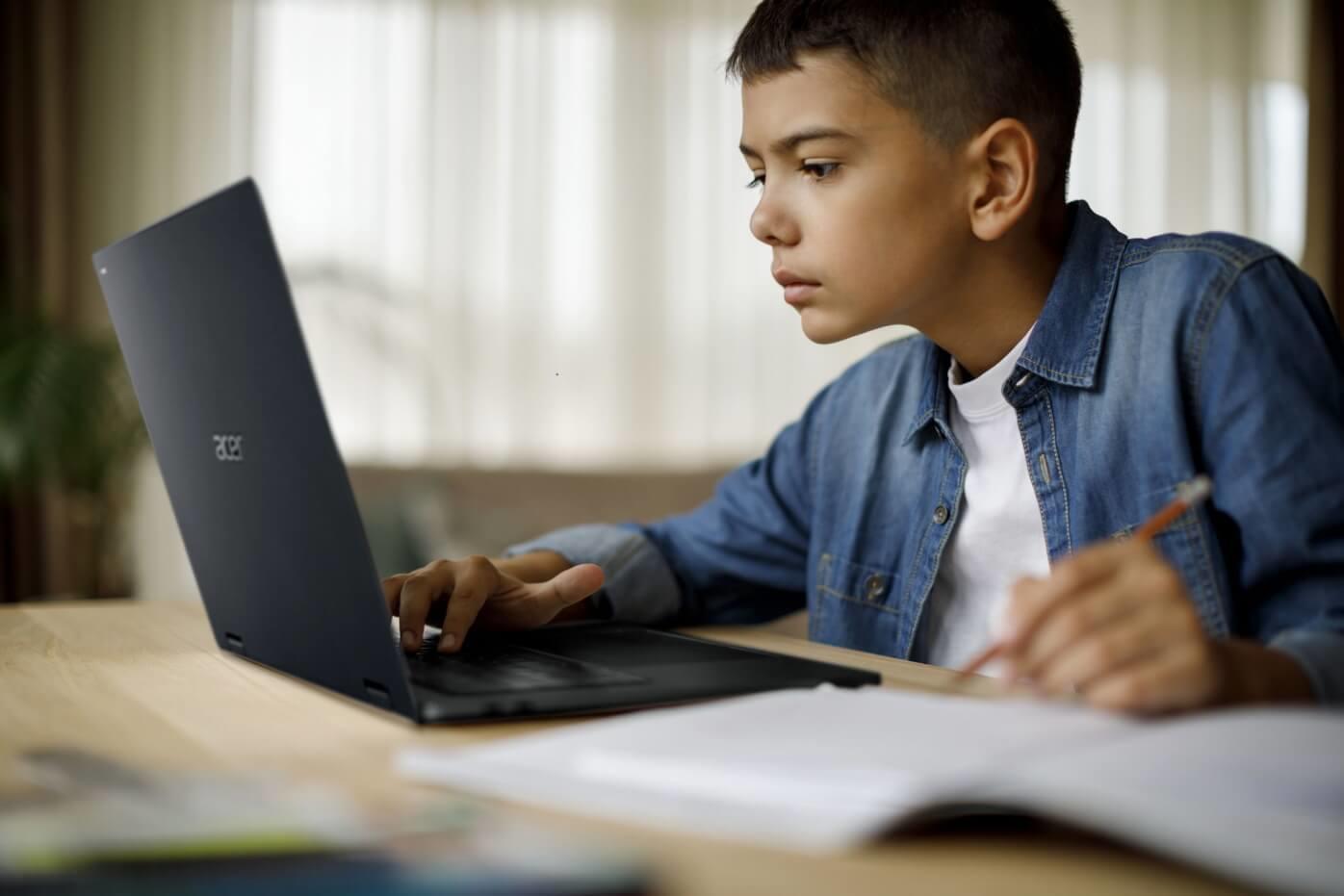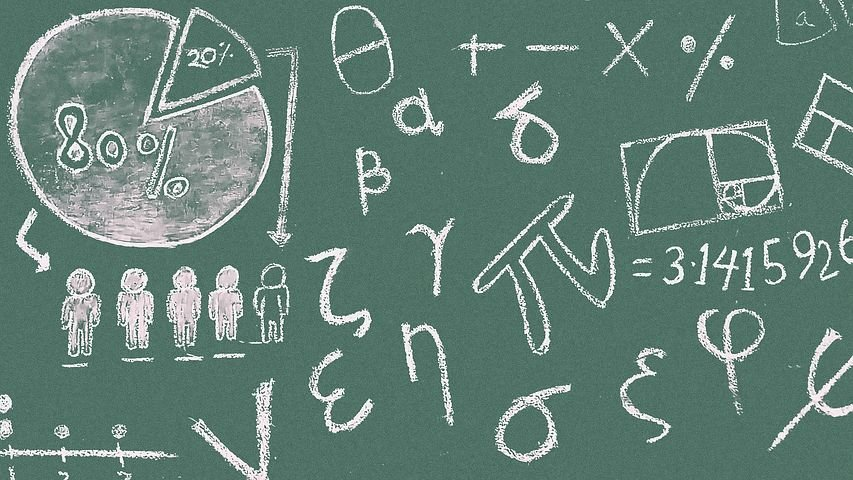Becoming a drawing teacher in India is a fulfilling career that blends creativity and education. As more schools, studios, and individuals seek skilled instructors to nurture creativity, this profession is in high demand. However, the path to becoming a successful drawing tutor requires a blend of skills, certifications, and teaching expertise. Whether you're teaching at a school or offering private lessons, here’s a guide on how to become a drawing tutor in India and find your niche in this growing field.

Understanding the Role of a Drawing Teacher
Drawing teachers in India have various opportunities—from school positions to freelance work. Your job as a drawing teacher goes beyond teaching techniques like sketching or painting. It's about guiding students through different mediums, encouraging self-expression, and helping them build confidence in their creative abilities.
What Does a Drawing Teacher Do?
A drawing teacher typically covers a range of tasks, such as:
- Teaching students techniques in sketching, shading, color theory, and more. They introduce students to the fundamentals of drawing, helping them understand how to work with light, shadow, texture, and proportions. The goal is to build a solid technical foundation but also to encourage creativity and personal expression as students refine their skills.
- Helping students explore different art mediums like pencil, charcoal, ink, and watercolor. A drawing teacher ensures that students are familiar with various tools and materials, guiding them through the unique properties of each medium. Whether it's controlling the softness of a pencil stroke or mastering the unpredictability of watercolor, the teacher helps students become comfortable and versatile in their approach to different mediums.
- Organizing creative activities, exhibitions, and projects to showcase student work. Beyond the classroom, a drawing teacher fosters a sense of accomplishment by organizing opportunities for students to display their progress and creativity. This could involve curating a student art exhibit, planning collaborative projects, or setting up sketch challenges that push students to experiment with new ideas and techniques.
- Offering constructive feedback and encouragement to foster artistic growth. A critical aspect of a drawing teacher's role is to provide thoughtful, constructive feedback. They point out areas where improvement is needed while also acknowledging the strengths in a student's work. Encouragement and guidance are key to helping students stay motivated and continue developing their style and technique.
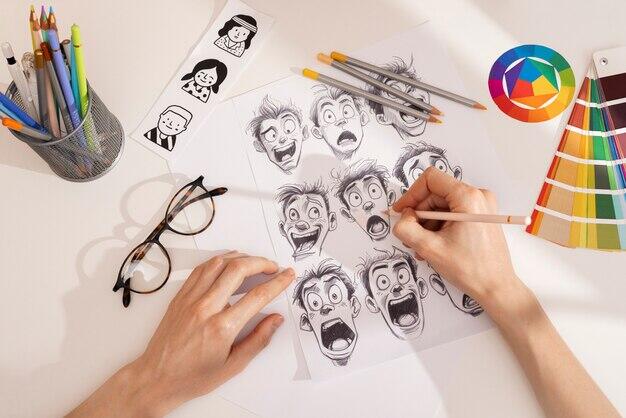
This role requires not just artistic talent but also patience and the ability to adapt lessons to suit different learning styles. A drawing teacher must be able to recognize that each student learns and progresses at their own pace, adjusting their teaching methods to meet individual needs. Whether a student is a quick learner or requires more time to grasp concepts, the teacher’s ability to remain flexible and supportive ensures that all students are given the best opportunity to succeed in their artistic journey.
Qualifications and Certifications for Drawing Teachers
One of the first steps to becoming a drawing teacher is ensuring you have the right qualifications. While some positions may not demand formal degrees, having specific educational credentials can open doors, especially for institutional jobs or advanced teaching positions.
Bachelor’s Degree in Fine Arts (BFA)
In India, many schools and colleges prefer drawing teachers with a Bachelor’s in Fine Arts (BFA). A BFA provides comprehensive training in various art forms, including drawing, painting, sculpture, and design. Most Indian universities and art colleges offer this degree, which serves as a strong foundation for those who wish to teach professionally.
Master’s Degree in Fine Arts (MFA)
For those seeking career advancement or looking to teach at the university level, pursuing a Master’s in Fine Arts (MFA) is a valuable step. An MFA allows for specialization in areas like painting or graphic design, enhancing your expertise and teaching portfolio. Positions in higher education institutions, such as colleges, often require an MFA.
Diploma and Certificate Courses
If you’re aiming to become a private drawing tutor or work in art studios, certificate or diploma courses can also be effective. These courses, available at many Indian art institutes, provide focused training in drawing techniques without the time commitment of a degree program. Popular for both beginners and professionals looking to enhance their skills, these courses are ideal for teaching privately or conducting workshops.
B.Ed. or D.Ed. for School Teaching
To teach drawing in formal school settings, especially in government schools, you'll likely need a Bachelor of Education (B.Ed.) or Diploma in Education (D.Ed) in addition to your art qualifications. These degrees train you in pedagogy, classroom management, and educational psychology—skills crucial for working with younger students.

Skills Required to Succeed as a Drawing Tutor
While having the right qualifications is important, being a successful drawing tutor in India requires a specific set of skills.
Artistic Expertise
You must be proficient in drawing techniques and familiar with various art mediums. A broad skill set allows you to cater to students of all levels, from beginners learning basic sketching to more advanced students exploring portraiture or abstract art.
Patience and Adaptability
Teaching drawing can be slow-paced, especially when working with beginners. It’s essential to be patient and offer guidance tailored to each student’s learning speed. Adaptability in your teaching style is key, as some students may grasp concepts faster than others.
Communication Skills
A drawing tutor needs to communicate complex artistic techniques in simple, understandable ways. Whether explaining shading techniques or perspective, effective communication is critical in helping students grasp challenging concepts.
Passion for Teaching
Passion for both art and teaching is the driving force behind a good drawing tutor. Your enthusiasm will inspire students to be creative and experiment without fear of making mistakes, which is crucial for their artistic development.
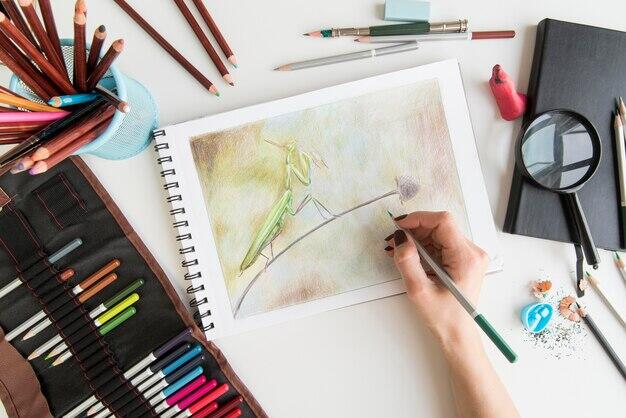
Finding a Job as a Drawing Teacher
Once you’ve acquired the qualifications and skills, the next step is securing a job as a drawing teacher. In India, drawing tutors can find employment in schools, art studios, or even work as freelancers.
Teaching in Schools
Many private and government schools across India offer drawing and art as part of their curriculum, creating job opportunities for drawing teachers. Government schools often require candidates to have a BFA along with a B.Ed degree. Additionally, clearing the Teacher Eligibility Test (TET) is mandatory for teaching in government institutions.
Private schools may offer more flexibility with formal qualifications, especially if you have a strong portfolio or previous teaching experience. As a school drawing teacher, your responsibilities will include not only teaching techniques but also organizing school art exhibitions and mentoring students on creative projects.
Working as a Private Tutor
Many drawing tutors in India choose to go the freelance route. As a private drawing tutor, you have the flexibility to set your own schedule, fees, and teaching style. This is an attractive option if you prefer working one-on-one with students or want to offer specialized workshops. Building a reputation as a private tutor requires networking, word-of-mouth referrals, and showcasing your work on social media platforms like Instagram.
Art Studios and Community Centers
Art studios are growing in popularity in urban centers across India. These studios often hire drawing teachers to conduct classes for children, adults, and hobbyists. These jobs typically don’t require formal teaching degrees but demand a strong portfolio and relevant certifications.
Online Drawing Classes
With the rise of online education, many drawing tutors are moving their classes to platforms like Udemy, Skillshare, and YouTube. This shift opens up the opportunity to reach a broader audience while teaching from the comfort of your home. As an online tutor, you can create pre-recorded lessons or host live interactive sessions. Having an online presence, including a website and social media, is crucial for attracting students.
How to Build a Strong Portfolio
Your portfolio is the most powerful tool you have when applying for jobs or attracting students as a drawing tutor. It demonstrates your skills, teaching ability, and versatility as an artist.
Showcase Your Work
Choose a selection of your best works to display a range of techniques and styles. Including different types of drawing, such as figure drawing, landscapes, and abstract art, helps demonstrate your versatility.
Include Student Work
If you have previous teaching experience, include samples of your students’ work. This helps potential employers or students see the progress and achievements your teaching can inspire.
Maintain an Online Presence
An online portfolio on platforms like Instagram or Behance can help build your credibility as a drawing tutor. Regularly update your portfolio with new works and engage with the art community online to increase visibility.
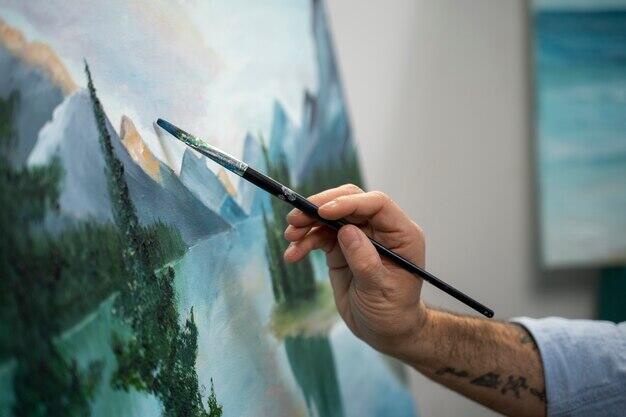
Blending Passion with Profession
Becoming a drawing tutor in India is a journey that combines your love for art with the desire to teach and inspire. Whether you work in schools, art studios, or online, the demand for skilled drawing teachers is growing, making this an excellent career choice for artists. With the right qualifications, teaching skills, and a strong portfolio, you can carve out a fulfilling career that leaves a lasting impact on the creative minds of tomorrow. Plus, in today’s digital age, building an online presence through social media or YouTube can amplify your reach and attract students from across the country.
Each class becomes a canvas, where you not only teach techniques but also nurture confidence, creativity, and individual expression. Embrace this path, and you’ll find that teaching art is as rewarding as creating it.

